Why LED Lights Flicker: Understanding the Common Causes
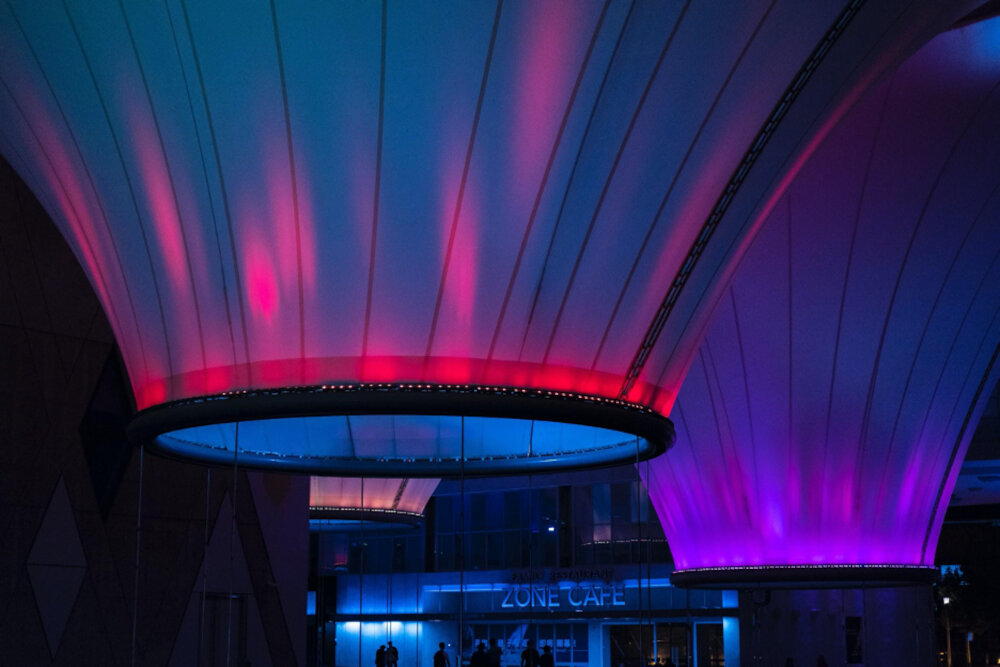
Light-Emitting Diode (LED) lights have been making waves in the lighting industry for the past decade. They are known for their energy efficiency, durability, and longevity, making them a popular choice for both residential and commercial lighting solutions. However, one issue that people commonly encounter with LED lights is flickering. LED lights flicker when they emit light that varies in intensity, causing the light to appear to flicker or blink. This can be an irritating problem that can cause headaches and eye strain, and it can also be a sign of a more serious issue. In this article, we will discuss the causes of LED lights flickering and how to address them. There are several reasons why LED lights flicker, ranging from minor issues to more serious electrical problems. One of the most common causes of LED lights flickering is voltage fluctuations. LED lights require a stable voltage to operate correctly, and if there are fluctuations in the voltage, it can cause the lights to flicker. Another common cause of LED light flickering is a mismatch between the bulb and the dimmer switch. LED lights are not compatible with all dimmer switches, and if they are used together, it can cause the lights to flicker. Additionally, issues with the wiring, power supply, or the LED driver can also cause flickering. In the following sections, we will delve deeper into the different causes of LED lights flickering and provide tips on how to fix them.
LED lights or Light Emitting Diodes are a popular lighting option due to their energy efficiency, longevity, and low heat output. Instead of using a filament, LED lights use a semiconductor to emit light when electric current passes through it. This results in a highly efficient and durable lighting solution that can last up to 25 times longer than traditional incandescent bulbs. Additionally, LED lights are highly customizable, allowing for a wide range of color options and brightness levels. LED lights are also environmentally friendly, as they do not contain harmful chemicals such as mercury, and they emit very little UV radiation. While LED lights may flicker due to various causes, understanding the common causes can help prevent or resolve these issues.
LED light flickering is a common issue that occurs when the light output fluctuates rapidly and repeatedly. It can be caused by a range of factors, including voltage fluctuations, poor electrical connections, incompatible dimmer switches, and the use of non-dimmable bulbs. Flickering can also occur when the LED driver is faulty or when the temperature of the LED exceeds its recommended operating range. Although LED lights are known for their energy efficiency and longevity, flickering can diminish their performance and cause eye strain, headaches, and other health problems. Therefore, it is crucial to identify the root cause of flickering and take appropriate measures to prevent it from happening.
Voltage Fluctuations
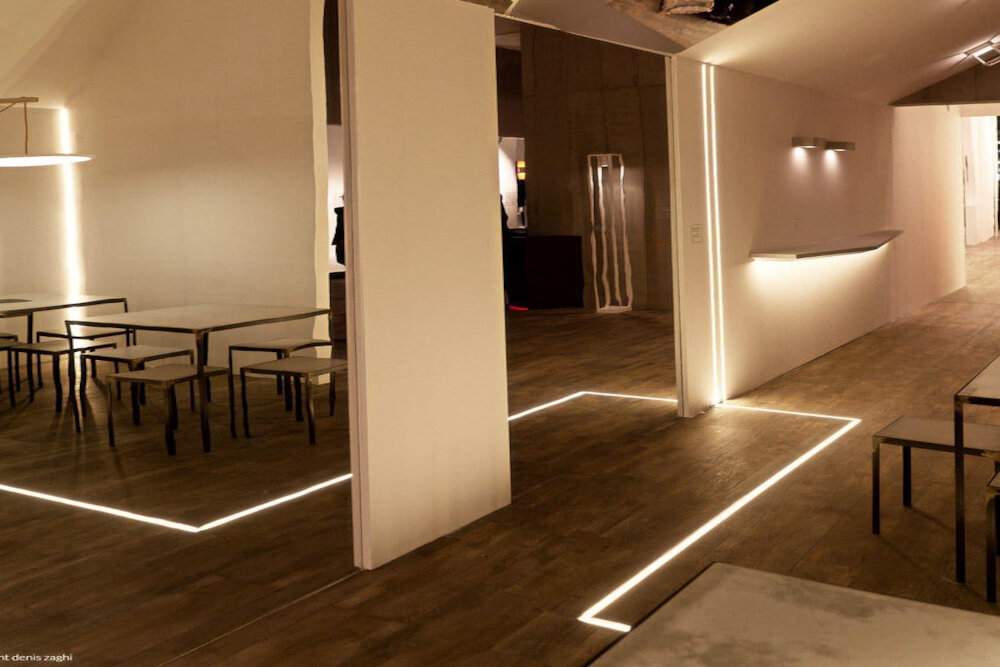
Voltage fluctuations can cause LED lights to flicker, which can be a frustrating and distracting problem. Fluctuations in voltage can occur for a variety of reasons, including changes in the electrical grid, faulty wiring, and electrical storms. When voltage fluctuates, the amount of power being supplied to the LED light can change, causing the light to flicker or even turn off completely. In some cases, voltage fluctuations can cause damage to the LED light or other electrical devices, so it’s important to identify and address the root cause of the fluctuations as soon as possible. One common cause of voltage fluctuations is voltage regulation issues. Voltage regulators are devices that are designed to keep the voltage in a circuit stable, but they can sometimes fail or become overloaded, causing the voltage to fluctuate. Another common cause of voltage fluctuations is electrical interference, which can be caused by a variety of sources, including nearby power lines, motors, and other electrical devices. In some cases, voltage fluctuations can be caused by problems with the electrical wiring in a building, which can lead to poor connections or other issues that affect the voltage in the circuit.
Voltage fluctuations refer to the variations in the amount of voltage supplied to an electrical appliance or device. These fluctuations can be caused by various factors such as power surges, electrical storms, and faulty wiring. LED lights are highly sensitive to voltage fluctuations and can be affected by them in several ways. One of the most common effects of voltage fluctuations on LED lights is flickering. This is because the LED lights require a constant and stable voltage to function properly, and any fluctuations can cause the lights to flicker or even go out completely. Furthermore, voltage fluctuations can also reduce the lifespan of LED lights, causing them to fail prematurely. Therefore, it is crucial to ensure that the voltage supplied to LED lights is stable and consistent to avoid any flickering or damage to the lights.
Voltage fluctuations are a common occurrence in homes and businesses, and they can lead to flickering LED lights. In homes, common causes of voltage fluctuations include the use of high-powered appliances, such as air conditioners or refrigerators, which can cause temporary voltage drops. Additionally, lightning strikes or power outages can cause voltage fluctuations in the electrical grid. In businesses, large machinery or equipment can cause voltage fluctuations, as can heavy usage during peak hours. It’s important to address voltage fluctuations to prevent damage to electrical equipment and ensure consistent lighting, and installing voltage stabilizers or surge protectors is one potential solution.
Voltage fluctuations can cause LED lights to flicker, which can be a nuisance for both homeowners and business owners alike. There are several solutions to help reduce voltage fluctuations, such as installing voltage regulators or stabilizers to ensure steady power supply to the LED lights. Another solution is to use power conditioners or filters that remove any unwanted noise or interference from the power supply, which can cause voltage fluctuations. Additionally, upgrading the electrical system in a building by replacing old or outdated wiring and circuit breakers can also help to reduce voltage fluctuations and prevent LED lights from flickering. By implementing these solutions, individuals can enjoy the benefits of LED lighting without the annoyance of flickering lights.
Incompatible Dimmer Switches
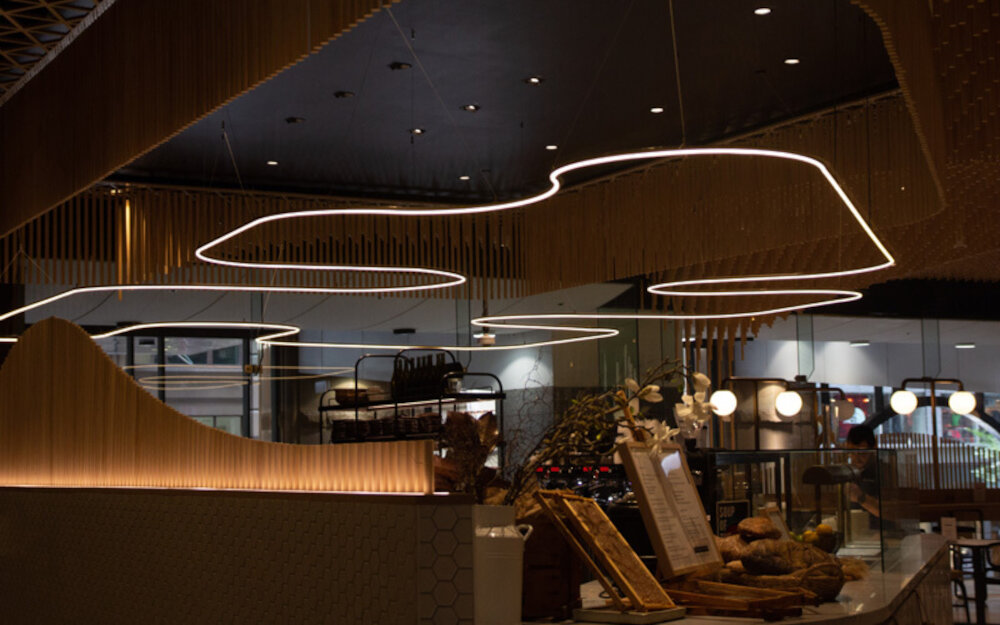
Incompatible dimmer switches can cause LED lights to flicker or not work at all. This is because LED bulbs require a constant current to operate properly, and dimmer switches are designed to reduce the amount of current flowing to a bulb. Traditional incandescent bulbs could handle this reduction in current without any issues, but LED bulbs are more sensitive to changes in current. If the dimmer switch is not compatible with the LED bulb, it can cause the bulb to flicker or not turn on at all. To avoid this issue, it’s important to choose a dimmer switch that is specifically designed for use with LED bulbs. These switches are designed to provide the correct amount of current to the bulb, which can help eliminate flickering and ensure that the bulb operates properly. Additionally, it’s important to ensure that the LED bulb is also compatible with the dimmer switch. Some LED bulbs may not work with certain types of dimmer switches, so it’s important to check the compatibility before making a purchase. By choosing the right dimmer switch and LED bulb, you can ensure that your lighting system operates smoothly and without any issues.
Dimmer switches are devices that allow you to adjust the brightness of your lights. They work by reducing the amount of voltage that goes to the light source, which in turn reduces its brightness. However, not all dimmer switches are compatible with LED lights. Traditional dimmer switches were designed to work with incandescent bulbs, which have a different power requirement than LED lights. As a result, using an incompatible dimmer switch with LED lights can cause flickering, buzzing, or even damage to the light fixture or switch. To avoid these issues, it is important to use a dimmer switch that is specifically designed for LED lights. These switches use a different technology that is compatible with the lower voltage and power requirements of LED lights, and can help you achieve the perfect level of brightness without any flickering or other issues.
Incompatible dimmer switches are a common issue that can cause LED lights to flicker. This is because the technology used in LED lights is different from traditional incandescent bulbs, and some dimmer switches are not designed to work with this new technology. When a dimmer switch is not compatible with LED lights, it can cause the lights to flicker, buzz, or not turn on at all. This can be frustrating for homeowners who have invested in energy-efficient LED lighting, but it can be resolved by installing a compatible dimmer switch or using dimmable LED bulbs specifically designed to work with traditional dimmer switches.
When it comes to using compatible dimmer switches for LED lights, there are a few solutions available. First, it’s important to ensure that the dimmer switch is compatible with the specific type of LED light being used. Some LED lights require a specific type of dimmer switch to function properly without flickering or buzzing. Additionally, using a dimmer switch with a higher wattage rating than necessary can cause flickering, so it’s important to choose a switch with the appropriate wattage. Installing a \load resistor\ can also help to prevent flickering by balancing the electrical load. Finally, upgrading to a newer, high-quality dimmer switch specifically designed for LED lights may be the best solution in some cases. By taking these steps, it’s possible to enjoy the benefits of LED lighting without the annoyance of flickering.
Overheating
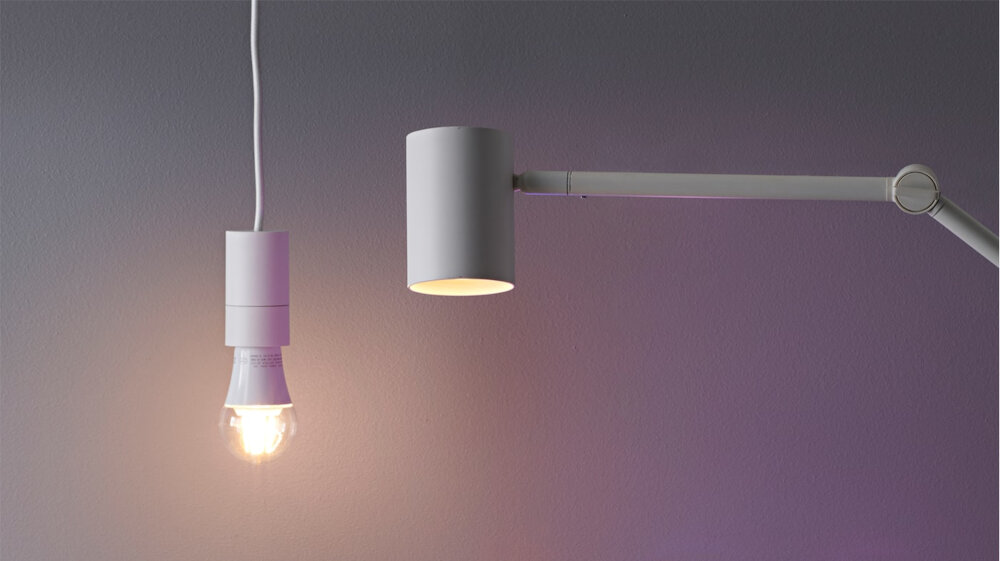
Overheating is one of the most common causes of LED lights flickering. LED lights emit very little heat compared to traditional incandescent bulbs, but they still generate some heat. If the temperature inside an LED light becomes too high, it can cause the components to malfunction, which can result in flickering or even complete failure of the light. This is why it’s important to choose high-quality LED lights that are designed to dissipate heat effectively. Some LED lights are equipped with heat sinks, which are designed to draw heat away from the components and dissipate it into the surrounding environment. This can help to prevent overheating and ensure that the lights operate smoothly and reliably. Another factor that can contribute to overheating is poor installation. If an LED light is installed in a location that doesn’t allow for proper ventilation, such as a tight enclosed space, it can trap heat and cause the temperature inside the light to rise. This can cause the components to malfunction and lead to flickering or failure of the light. It’s important to follow the manufacturer’s recommendations for installation and ensure that the light has sufficient space for ventilation. In addition, it’s important to avoid installing LED lights in locations where they will be exposed to direct sunlight or other sources of heat, as this can also cause them to overheat. By paying attention to these factors and choosing high-quality LED lights, you can help to prevent overheating and ensure that your lights operate smoothly and reliably.
LED lights are designed to be energy-efficient and long-lasting, but like any electronic device, they can overheat if not used properly. Overheating is a common cause of LED light flickering. When an LED light overheats, the internal components can become damaged, causing them to malfunction. This can lead to flickering, as the LED light struggles to maintain a steady flow of electricity. Overheating can occur due to a number of factors, such as poor ventilation, high ambient temperatures, or overuse. To prevent LED lights from flickering due to overheating, it is important to ensure they are installed in a well-ventilated area and not used for extended periods of time without a break. Additionally, using LED lights with built-in cooling systems can help prevent overheating and reduce the risk of flickering.
LED lights are known for their efficiency, brightness and durability, however, they can still overheat. The most common causes of LED light overheating are poor heat dissipation, improper installation, and overdriving the LED. Poor heat dissipation occurs when the thermal management system of the LED light is inadequate, or when it is placed in a poorly ventilated area, causing the heat to build up and damage the LED. Improper installation refers to the use of the wrong type of LED driver, which can cause voltage spikes, leading to overheating. Overdriving the LED means using higher than recommended voltage or current, which causes the LED to heat up more than it can handle, leading to failure. To avoid LED light overheating, it is important to ensure proper heat dissipation, use the correct LED driver, and avoid overdriving the LED.
Overheating is a common issue that can cause LED lights to flicker. Fortunately, there are a variety of solutions available to prevent this problem. One solution is to make sure that the LED light has proper ventilation. This means that the light should be installed in a location that allows for air to circulate around it, preventing it from becoming too hot. Another solution is to use a heat sink, which is a device that helps to dissipate heat away from the LED light. Additionally, using a dimmer switch that is compatible with LED lights can also help to prevent overheating by regulating the amount of power that is being used. By implementing these solutions, LED light overheating can be prevented, resulting in a more stable and reliable light source.
Electrical Interference

Electrical interference is one of the most common causes of LED lights flickering. This phenomenon occurs when there is a disturbance in the electrical signal that powers the lights. It is usually caused by other electronic devices in the vicinity, such as appliances, radios, and routers, which emit electromagnetic radiation that can disrupt the flow of electricity. This interference can cause the voltage to fluctuate, causing the LED lights to flicker. In some cases, the flickering may be so severe that the lights turn on and off rapidly, making it difficult to use the affected space. There are several ways to mitigate electrical interference and reduce the likelihood of LED lights flickering. One of the most effective methods is to use shielded electrical cables, which help to block electromagnetic radiation from other devices. It is also recommended to keep electronic devices away from the LED lights and to avoid using them in the same circuit. Additionally, installing power line filters or surge protectors can help to stabilize the voltage and prevent fluctuations that may cause flickering. By taking these preventative measures, it is possible to enjoy the benefits of LED lighting without the annoyance and inconvenience of flickering.
Electrical interference refers to the disturbance caused in an electrical circuit due to the presence of external electromagnetic signals or noise. This interference can have a significant impact on LED lights, causing them to flicker. The flickering occurs when the voltage supplied to the LED fluctuates rapidly, leading to a change in the brightness of the light. Electrical interference can be caused by a variety of factors, including the use of electronic devices, power surges, and faulty wiring. To prevent electrical interference and ensure smooth operation of LED lights, it is essential to use high-quality components and wiring, eliminate sources of electromagnetic noise, and install proper grounding and shielding measures.
One of the most common sources of electrical interference in homes and businesses is the use of electronic devices. These devices can generate high-frequency electromagnetic fields that can interfere with the operation of nearby electrical equipment. Other sources of interference include power lines, radio and television transmitters, and even fluorescent lights. In homes, common culprits include appliances such as hair dryers, microwaves, and vacuum cleaners. Meanwhile, in businesses, heavy machinery and computer equipment can also cause electrical interference. It is essential to identify the source of the interference correctly to avoid any potential hazards and ensure the safe operation of electrical equipment.
Electrical interference can be a major cause of LED light flickering. To reduce interference, it is important to check the wiring and grounding of your electrical system to ensure that there are no loose connections or faulty wiring. Additionally, installing filters or surge protectors can help to regulate the flow of electricity and prevent spikes or dips that can cause flickering. Another effective solution is to use shielded cables or twisted pair cables, which can prevent electromagnetic interference from affecting your LED lights. By implementing these solutions, you can significantly reduce the occurrence of flickering and ensure that your LED lights operate smoothly and consistently.
LED light flickering is a common issue faced by many homeowners and businesses. There are several potential causes for this problem, including voltage fluctuations, incompatible dimmer switches, overheating, and loose connections. Voltage fluctuations can occur due to issues with the electrical grid or when multiple appliances are using power simultaneously. Incompatible dimmer switches may not be designed to work with LED lights and can cause flickering or even damage the bulbs. Overheating can occur when the LED light is placed in a confined space or is not properly ventilated. Loose connections can also cause flickering, as they may disrupt the flow of electricity to the bulb. By understanding these common causes, individuals can take steps to prevent or address flickering LED lights in their homes or businesses.
LED light flickering is a common issue that can affect the performance and longevity of LED lights. It can be caused by various factors such as voltage fluctuations, poor quality LED drivers, and incompatible dimmer switches. Understanding and addressing LED light flickering is crucial for several reasons. Firstly, it can cause eye strain and headaches for individuals who are sensitive to light flicker. Secondly, it can lead to reduced visibility and safety concerns, particularly in areas such as hospitals, schools, and workplaces. Thirdly, it can shorten the lifespan of LED lights and lead to premature failure, resulting in increased maintenance costs and a negative impact on the environment. Therefore, it is essential to identify and address the root cause of LED light flickering promptly to ensure optimal performance, safety, and energy efficiency.
In conclusion, LED lights flickering is a common issue that can be caused by a variety of factors, such as voltage fluctuations, incompatible dimmer switches, or poor quality bulbs. To prevent flickering, it’s important to ensure that the LED bulbs and dimmer switches are compatible and of high quality. Additionally, it’s recommended to hire a professional electrician to check the wiring and electrical system in your home to ensure it’s up to code and can handle LED technology. By taking these steps, you can enjoy the energy efficiency and long lifespan benefits of LED lighting without the annoyance of flickering.
Conclusion
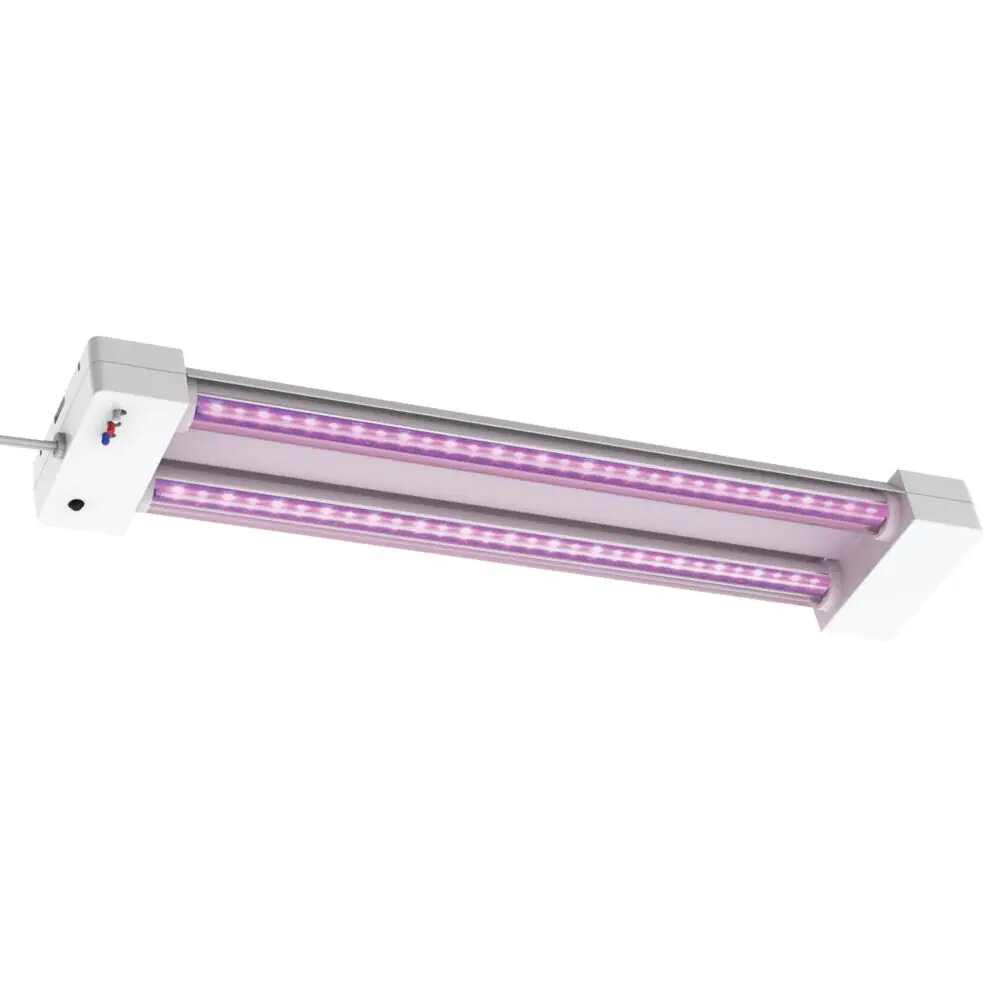
In conclusion, flickering LED lights can be caused by a variety of factors, including incompatible dimmer switches, electrical issues, and poor quality LED bulbs. It is important to identify the root cause of the flickering and address it promptly to avoid potential safety hazards and to ensure the longevity of your LED lighting system. With proper installation and maintenance, LED lights can provide energy-efficient and long-lasting illumination for your home or business. Understanding the common causes of flickering LED lights and taking necessary steps to mitigate them can lead to a more comfortable and reliable lighting experience.




